Affiliate links on Android Authority may earn us a commission. Learn more.
Video streaming services forgot their foe was piracy, not each other
August 2, 2019
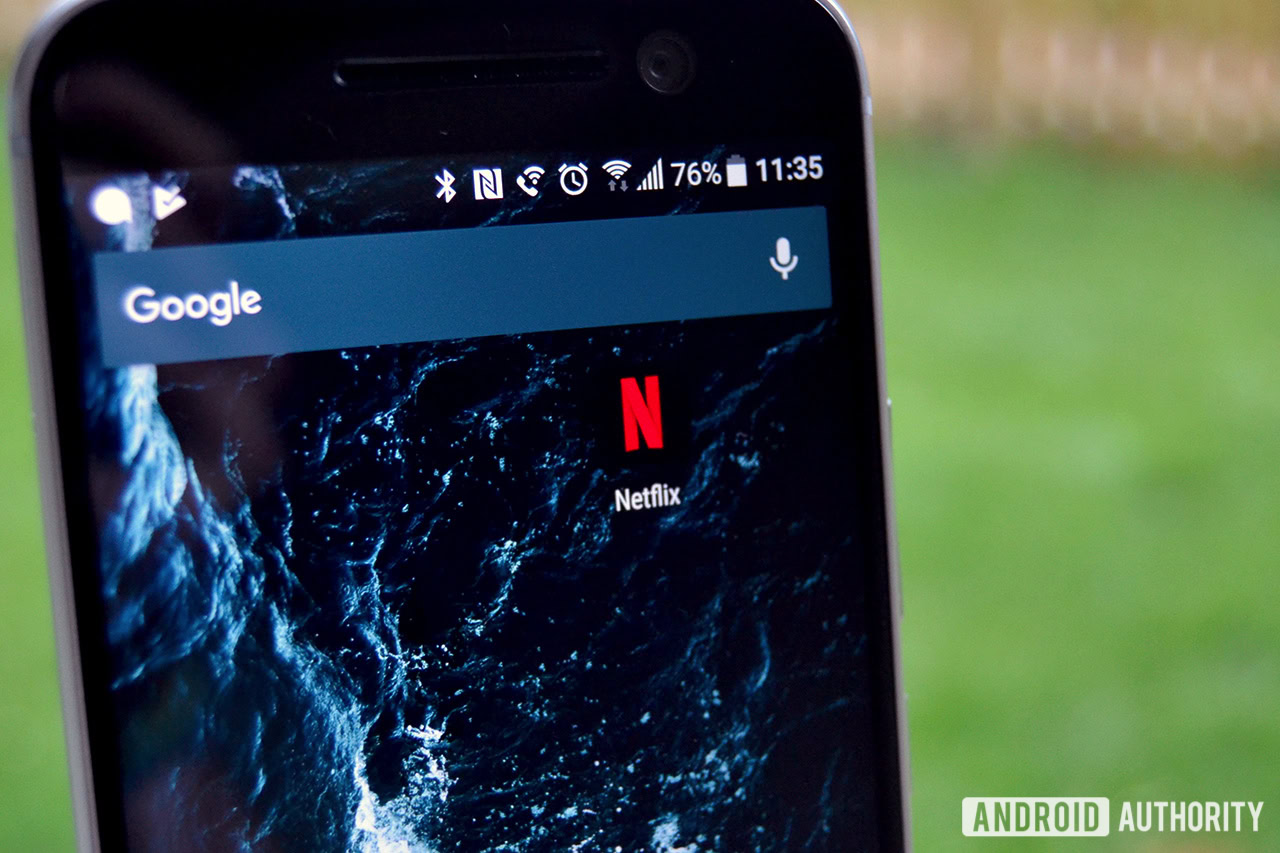
Over the last couple years, content rights holders seem to be migrating away from central services like Netflix and Hulu in favor of smaller, more expensive services. Notable examples include the upcoming Disney Plus as well as Funimation’s migration away from VRV. To get Netflix, Disney content, Funimation, and Crunchyroll, the price used to be around $20 per month. Now, with all the new services and costs going up, it costs more than double $20 a month to get all of that content.
What’s going on here?
A brief comparison with other streaming industries
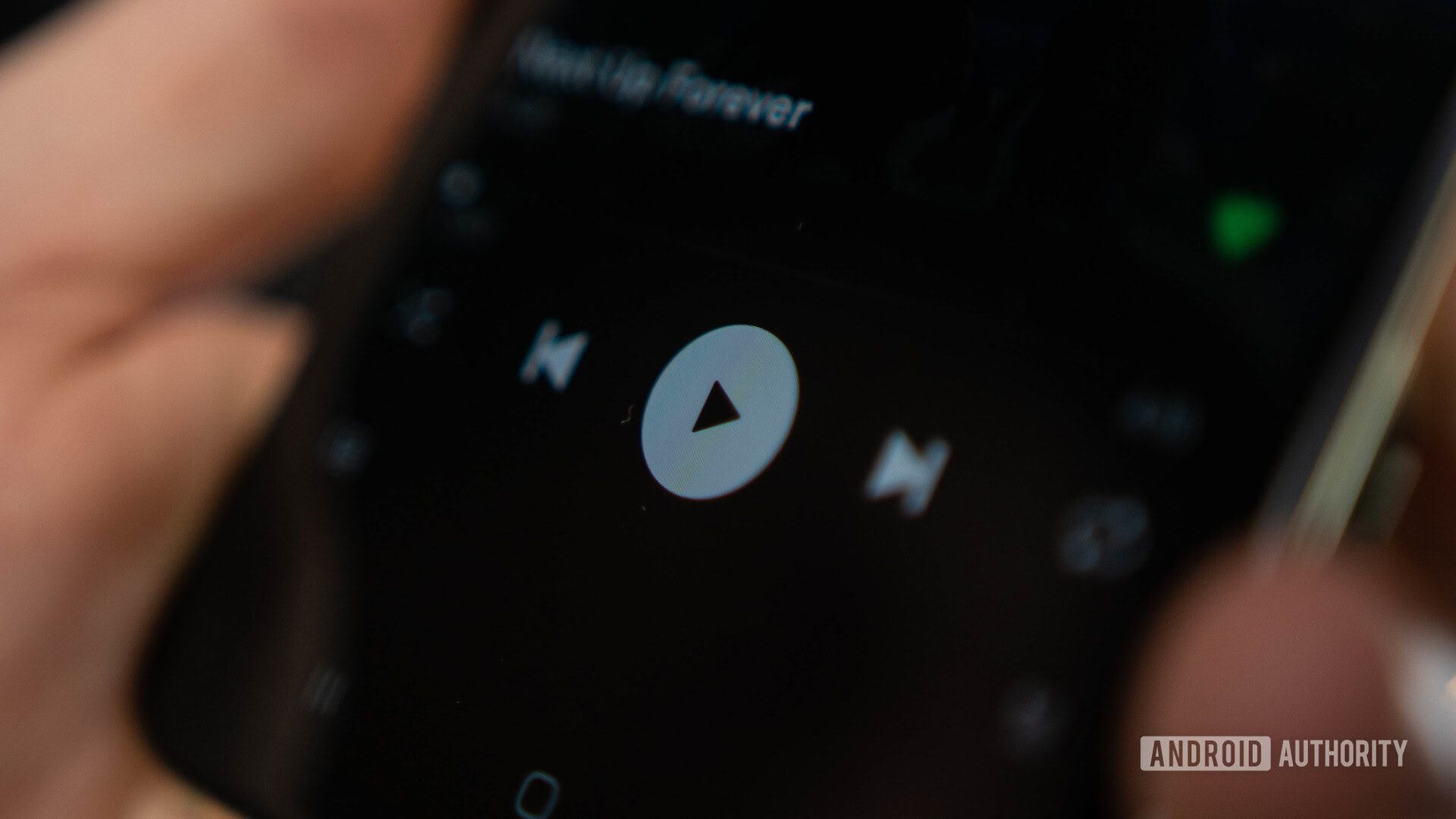
Video streaming has a unique business model compared to other streaming industries. Music and live TV streaming services have more or less the same core content. Spotify, Apple Music, YouTube Music, etc. all have the latest songs by Drake or Breaking Benjamin. All major streaming services will undoubtedly have Slipknot’s upcoming album and they all just got Tool’s entire discography. Meanwhile, most live TV services have your basic local sports and news channels with the same smattering of things like CBS, CNN, NBC, and more.
Music streaming and live TV streaming are both way more consistent in content offering than video streaming.
With music and live TV services, you choose based on things like price, extra features, and maybe the occasional piece of extra content that the others don’t have. You very rarely have to sacrifice large amounts of content just to go with a different option. Virtually nobody has to subscribe to multiple music streaming services to get all of the content they want. There are no articles on the internet that recommend both YouTube TV and Sling TV at the same time due to content fragmentation.
By contrast, on-demand video streaming is constantly making you choose sides. Do you want to watch Friends? Netflix only (well, soon to be HBO Max). Do you also like King of the Hill? Hulu only. What if you want to watch Psych? Amazon Prime Video only. There is generally very little overlap and you can only occasionally find the same content across multiple services. If you choose Netflix as your streaming service, you lose out on everything Hulu has to offer and vice versa. Literally every video streaming service consists mostly of content exclusive to its service and no others.
Subscriptions squared
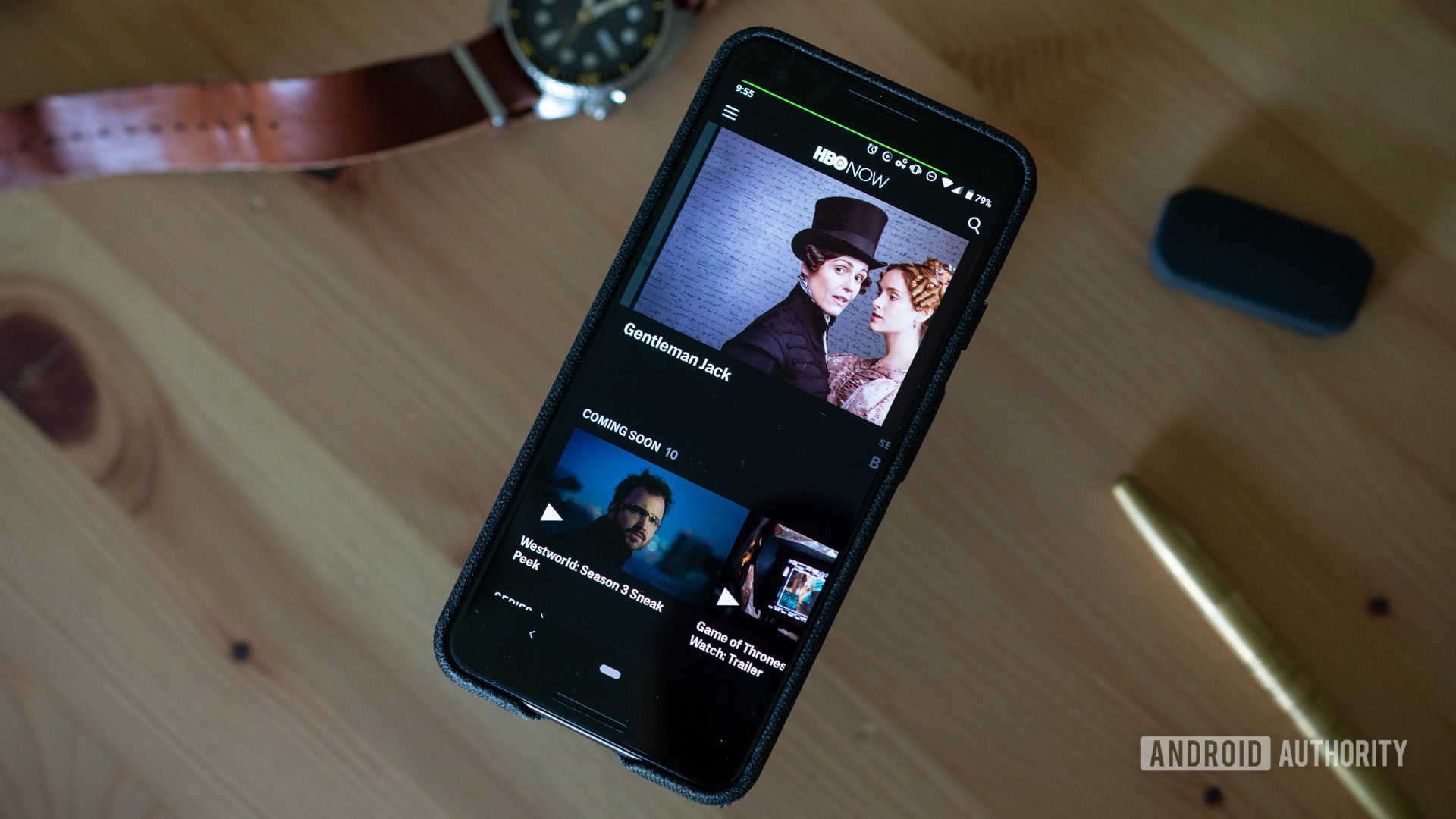
A few years ago, subscribing to everything basically meant three or four streaming services at the most. Hulu, Netflix, and Amazon Prime Video had everything between the three of them. Anime fans had Crunchyroll, and later VRV, which includes Crunchyroll in its subscription plan. In any case, it was much easier sticking to a budget when you only had a few competing services to choose from. Plus, Amazon Prime Video was included with Amazon Prime and few people buy Amazon Prime just for the video content. It was a simple system, it worked well enough, and it started to turn the tide on piracy.
HBO helped start the trend by abjectly refusing to air its content anywhere but its own service. Since Game of Thrones had captured such a large audience, HBO not only managed to successfully subvert the big dogs in the race, but did so at a whopping $15 per month. Funimation joined the ranks when it broke off from VRV to charge people $7.99 extra for something they were already getting as part of VRV’s $9.99 per month charge. CBS hides Big Bang Theory behind its proprietary streaming service at $5.99 per month and NBCUniversal is doing the same with The Office next year. Most recently, Disney removed most of its content from Netflix to charge you an extra $9.99 per month for it on its own streaming service. There are many other examples.
Virtually no consumer wants to pay more money for the same content just because it moved to a new service.
Now you have a much bigger and more expensive decision to make. It’s not necessarily what you want to watch anymore — you now decide how much you sacrifice in order to remain below your budget. There are a few ways to subvert this nonsense, though. Most live TV apps have a healthy amount of on-demand content for aired shows. However, those are even more expensive than regular streaming services by a fairly wide margin.
Usually, more options are good options. Competitors keep raising the bar in different ways in hopes of stealing customers from rival products. By nature, though, competitors have products that deliver the same core experience as we discussed earlier with music streaming services. No video service competes with any other service because none of them have the same content. Your only option is to subscribe to multiple services or simply never watch that content legally. Video streaming is no longer nearly as cheap or as convenient as it used to be when it was just Netflix, Hulu, and Amazon Prime Video.
Forgetting the point and repeating history
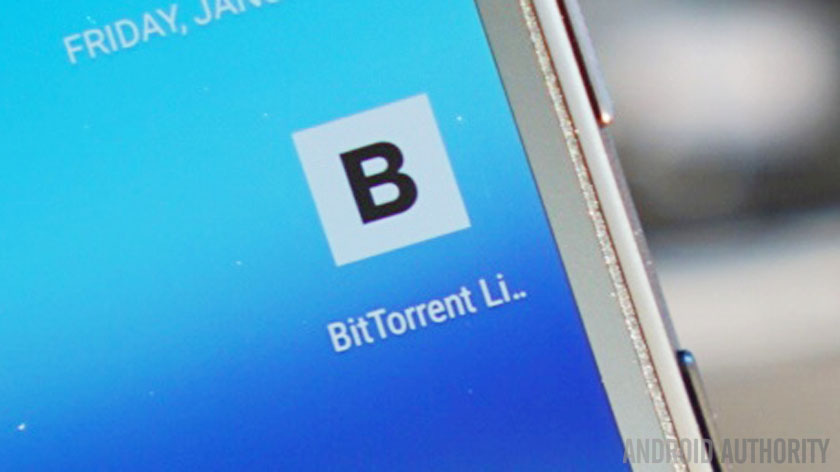
I mention the word “legally” in the previous section because video streaming companies have forgotten the reason why video streaming works so well: It made piracy the less attractive option.
Netflix, Spotify, and other early streaming services were largely given credit for disrupting the piracy industry. It was faster and more convenient to fork out $9.99 per month for all the video content you could watch than it was to surf Kickass Torrents or ThePirateBay for stuff. You didn’t have to worry about seeding the content back to other people or finding surprise viruses. You could just turn on an app, hit a selection, and watch TV. It was so much cheaper than cable as well and that played well with college students and other folks who either can’t or don’t want to pay for $100 per month cable subscriptions.
It’s a myth that streaming services compete with one another. The real truth is that they compete against piracy, the free option that everybody with a gadget and the internet can use. The ultimate goal is to turn non-paying viewers into paying viewers. At its peak, piracy costed the music and video industry an estimated tens of billions of dollars a year. It was often called one of the biggest threats to cinema and TV.
Netflix growth is slowing and torrent usage is growing.
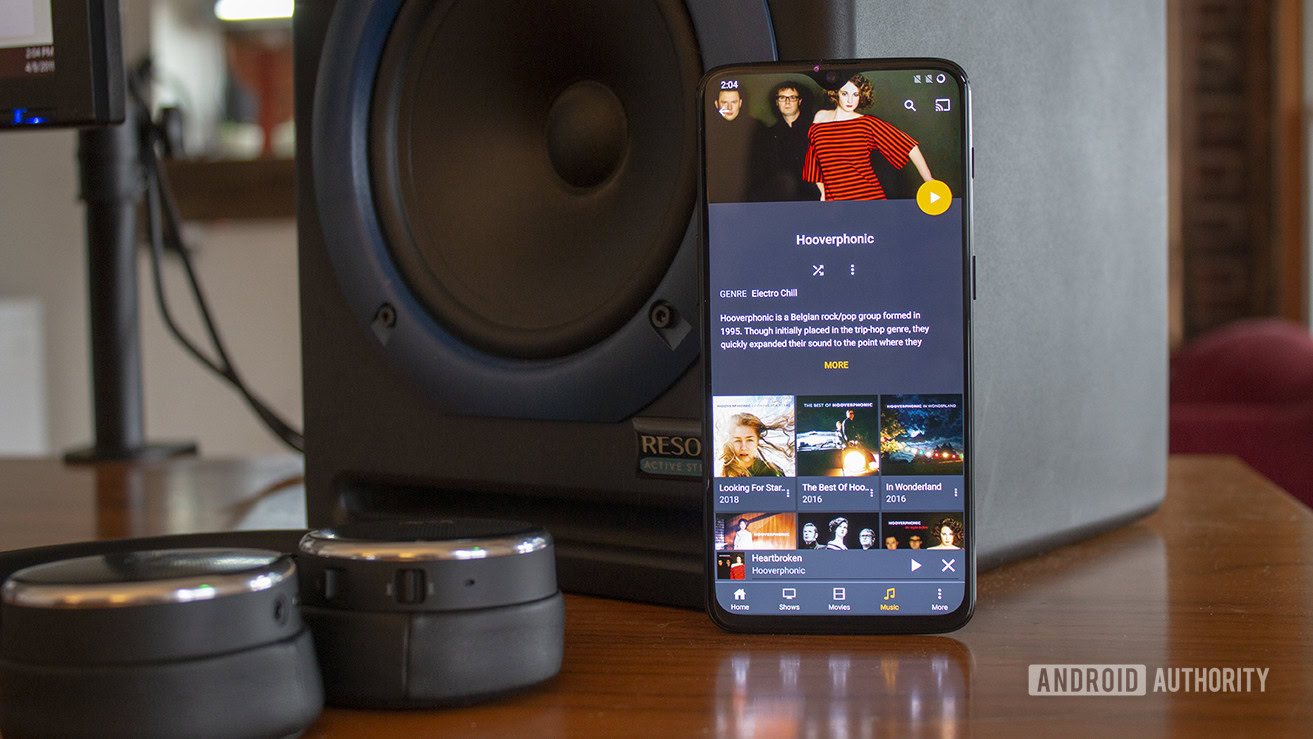
Netflix and Hulu helped curb that growth and turn pirates into paying customers. Spotify did much the same thing for music. However, with all of these streaming services coming out and the intentional fragmentation of content for no reason other than profit, there is evidence to support that piracy is back on the rise. With apps like Plex helping people stream their private collections to their TV, you can pirate anything you want and watch it on your TV just like Netflix even if Plex didn’t intend for it to be used as a piracy version of Netflix. There are 4K Blu-Ray rips available online and faster home internet speeds make them accessible. It’s not legitimate, but when you’re a college student making minimum wage at a part time job, free is a whole lot more appealing than $15 per month just to watch Game of Thrones.
Is the problem even solvable?
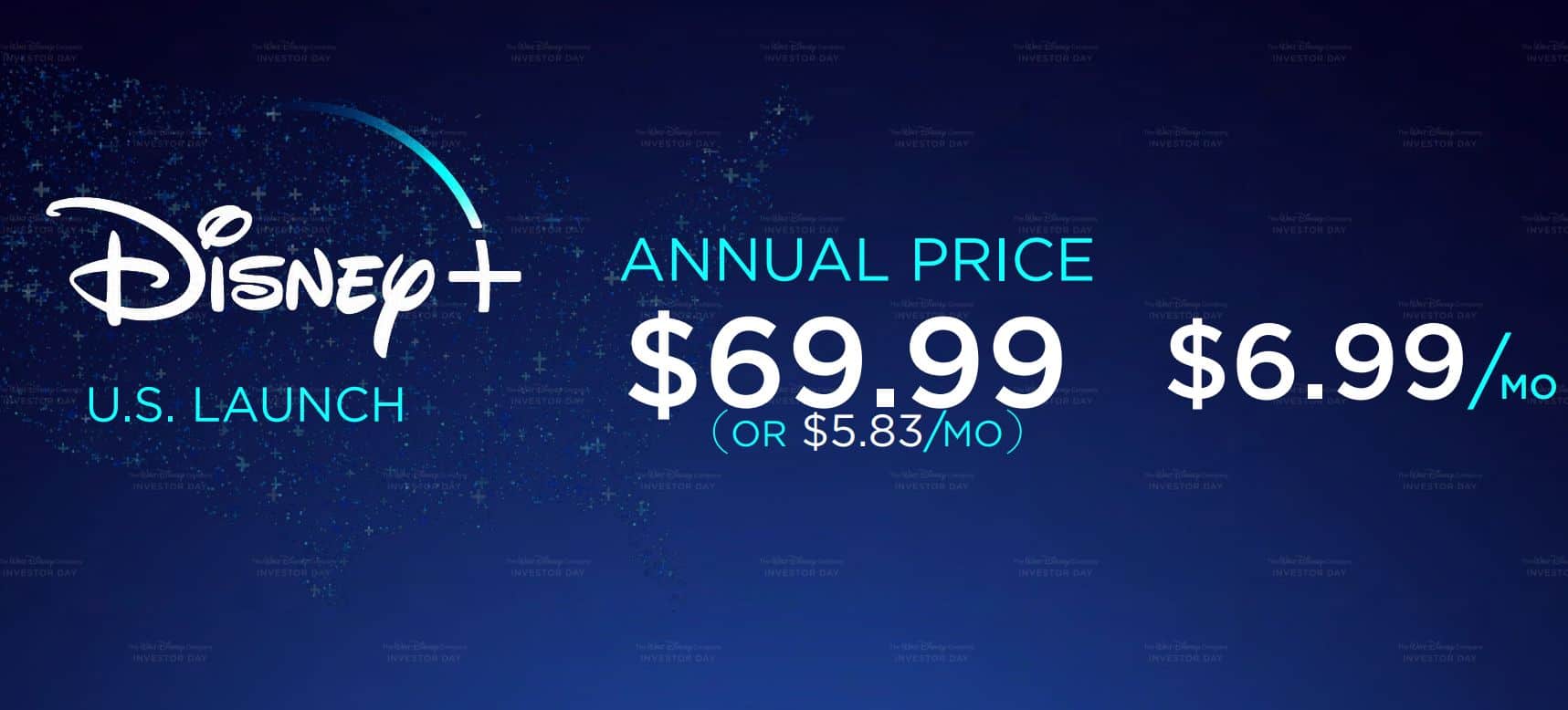
Betteridge’s law of headlines remains intact for this one. The problem is not imminently solvable with what’s happening right now. The raise in piracy has done nothing to prevent NBC from removing The Office from Netflix. It didn’t stop Disney’s plans either. Unfortunately, the likely outcome is a continued increased rise in piracy instead of people doubling or tripling their monthly payments to get content they previously had access to.
It's going to take something akin to a mass exodus back to piracy before these companies listen.
There are stats to support this. The first is a dramatic increase in BitTorrent usage. More and more people are returning to the pirate ship to score more free booty than before starting around 2018. Netflix missed its subscriber gain estimates by a wide margin and actually lost 130,000 subscribers in the U.S. in Q2 2019. Other services like Hulu are still going strong, so we’re not sure if it’s a sign of piracy since Netflix is also still growing. However, losing 130,000 subscribers in the U.S., a country with one of the most diverse range of video streaming services, doesn’t bode well.
We obviously don’t condone privacy, but the difficulty to compete with free stuff is an undeniable reality. Netflix, Spotify, and Hulu somehow managed to do it. Now, greedy companies run the risk of undoing that good work with too many exclusive paywalls and giving consumers too many options without any continuity between them.